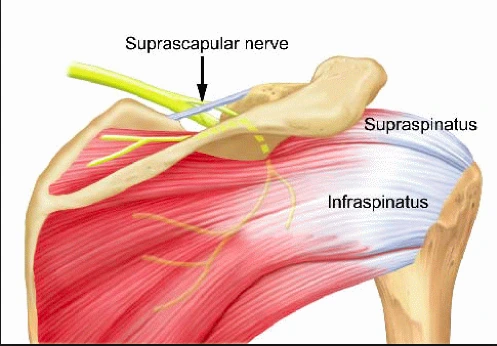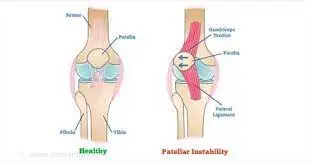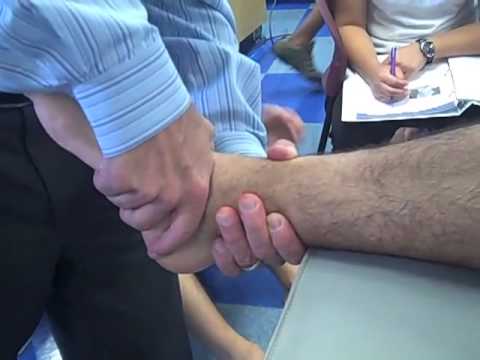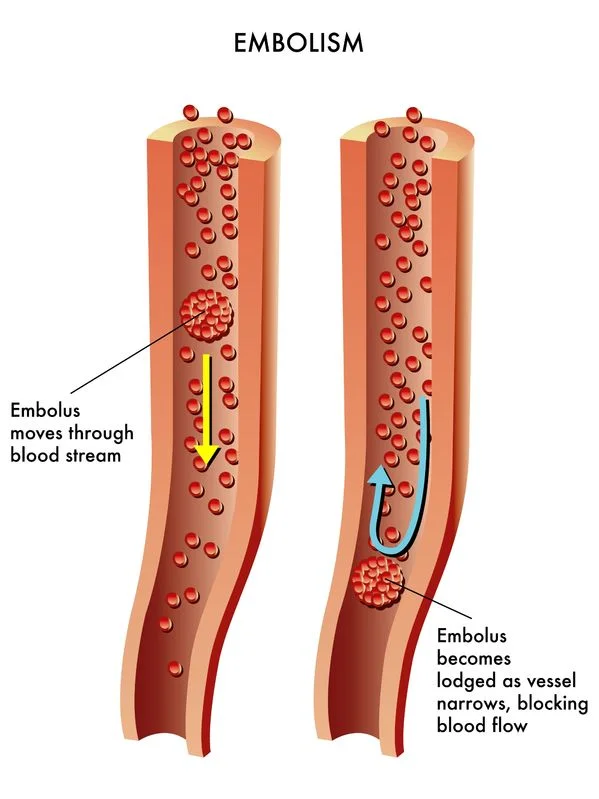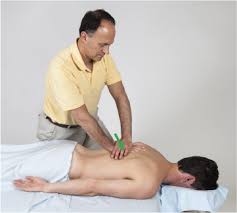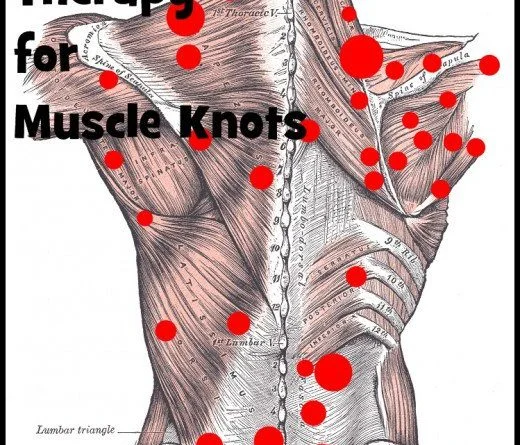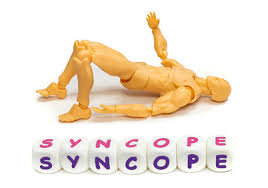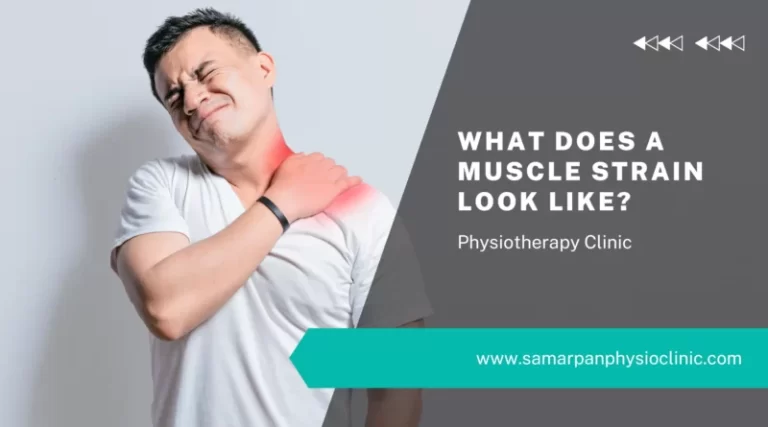Suprascapular nerve palsy:
Suprascapular nerve palsy is a condition in which injury or compression of suprascapular nerve leads to the supraspinatus and/or infraspinatus muscles. The suprascapular nerve is a mixed nerve (Motor and sensory) of the upper limb. Suprascapular nerve injury gives clinical significance to shoulder pain and upper limb weakness due to its own role. The suprascapular…

